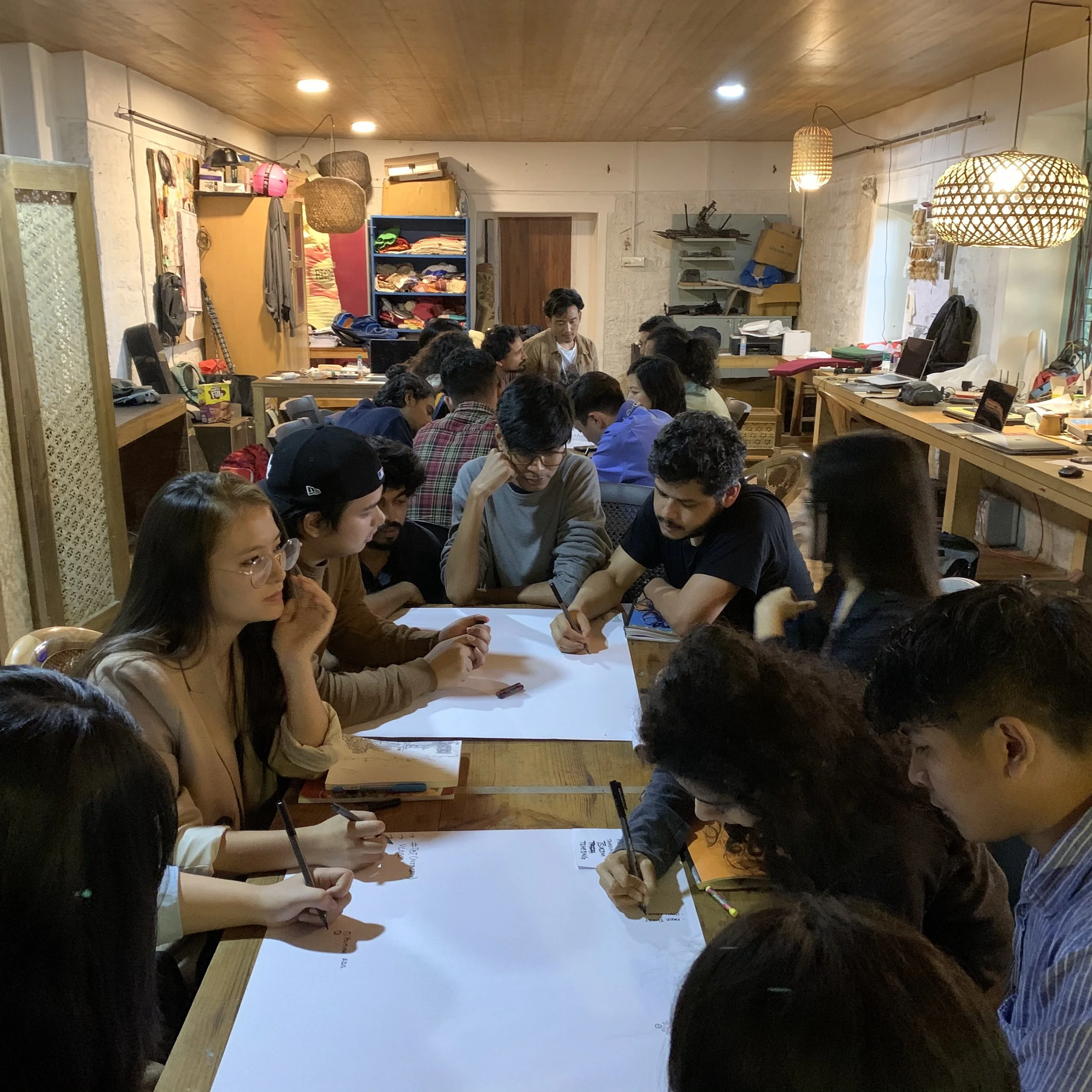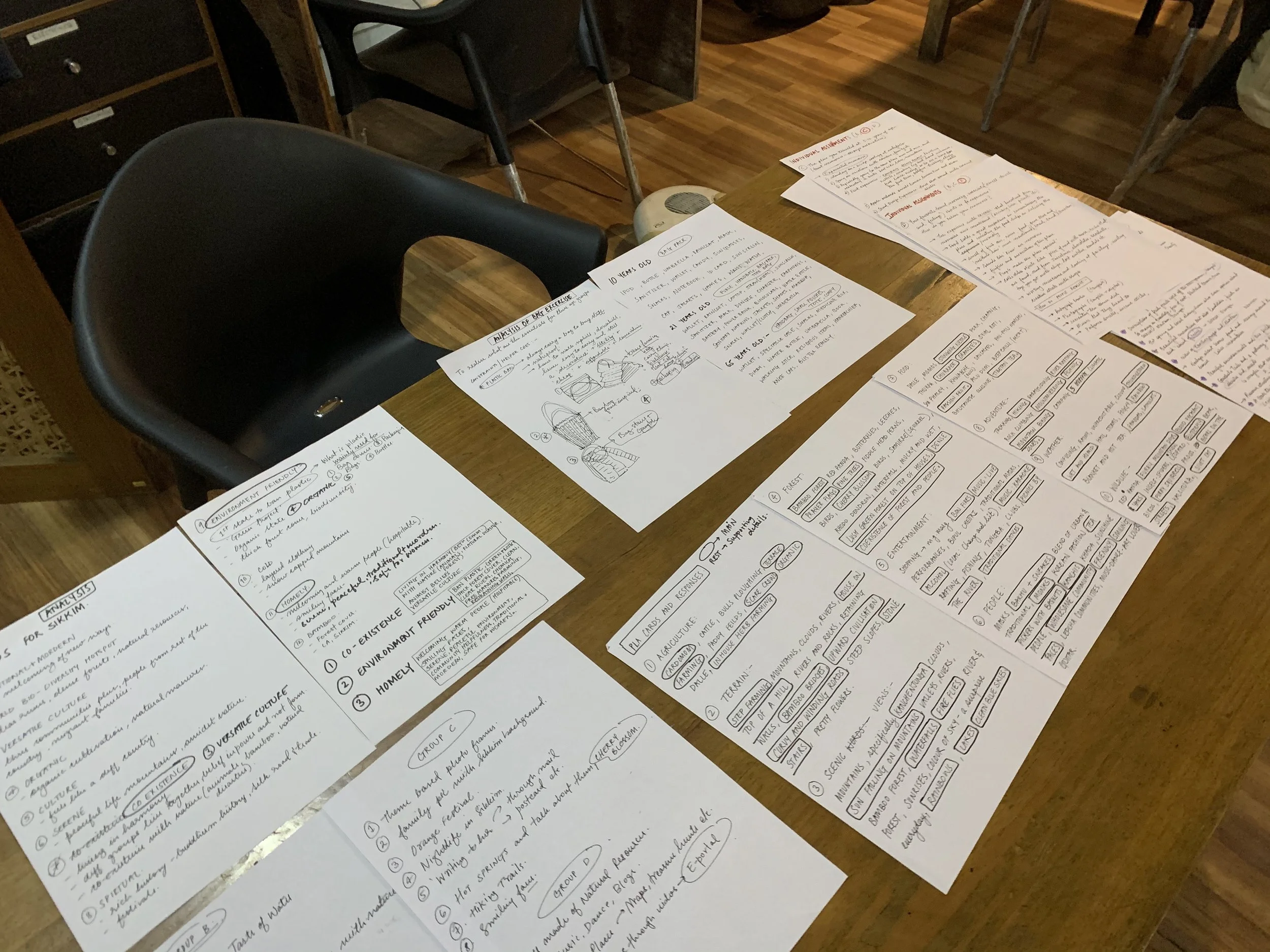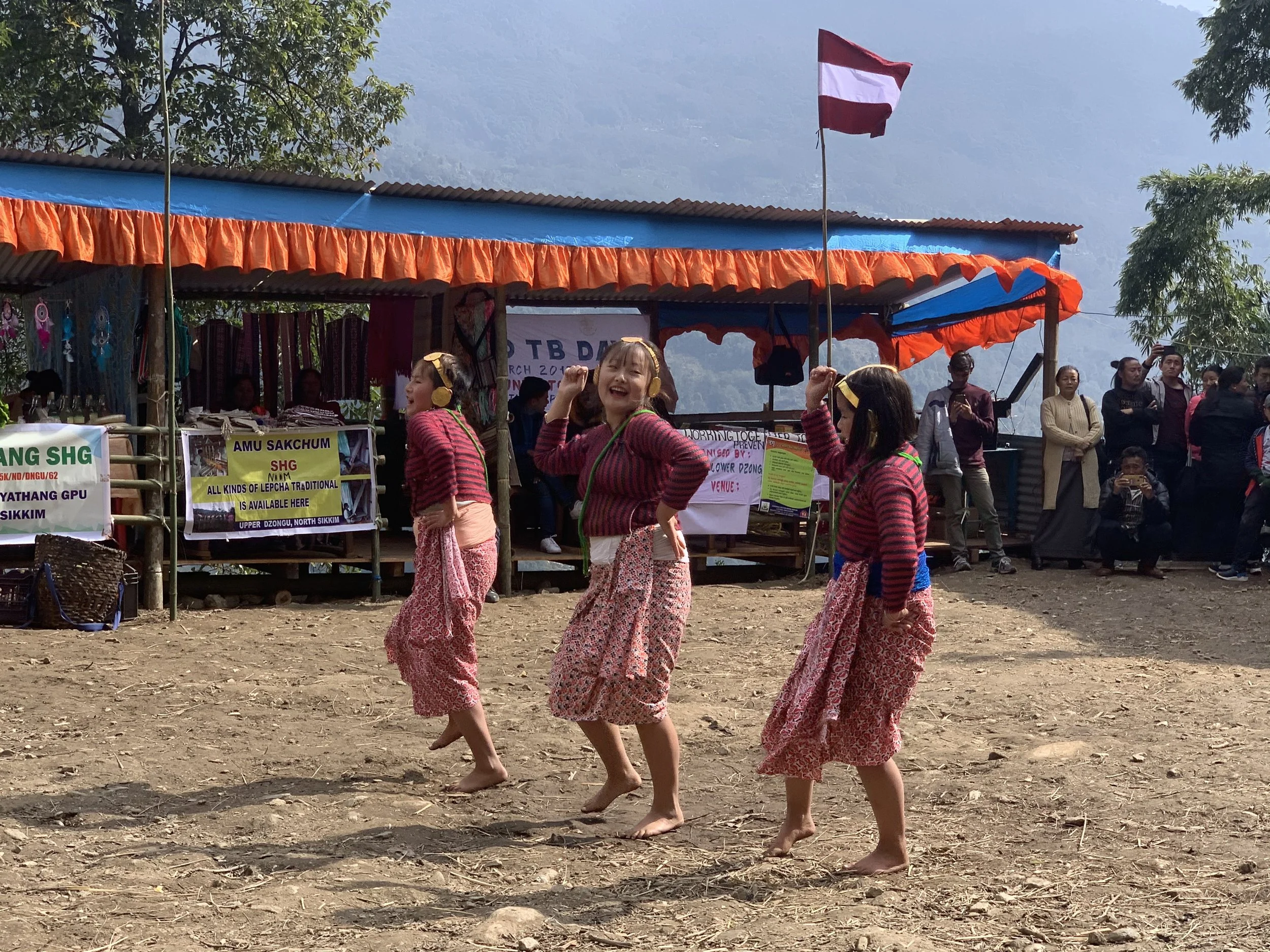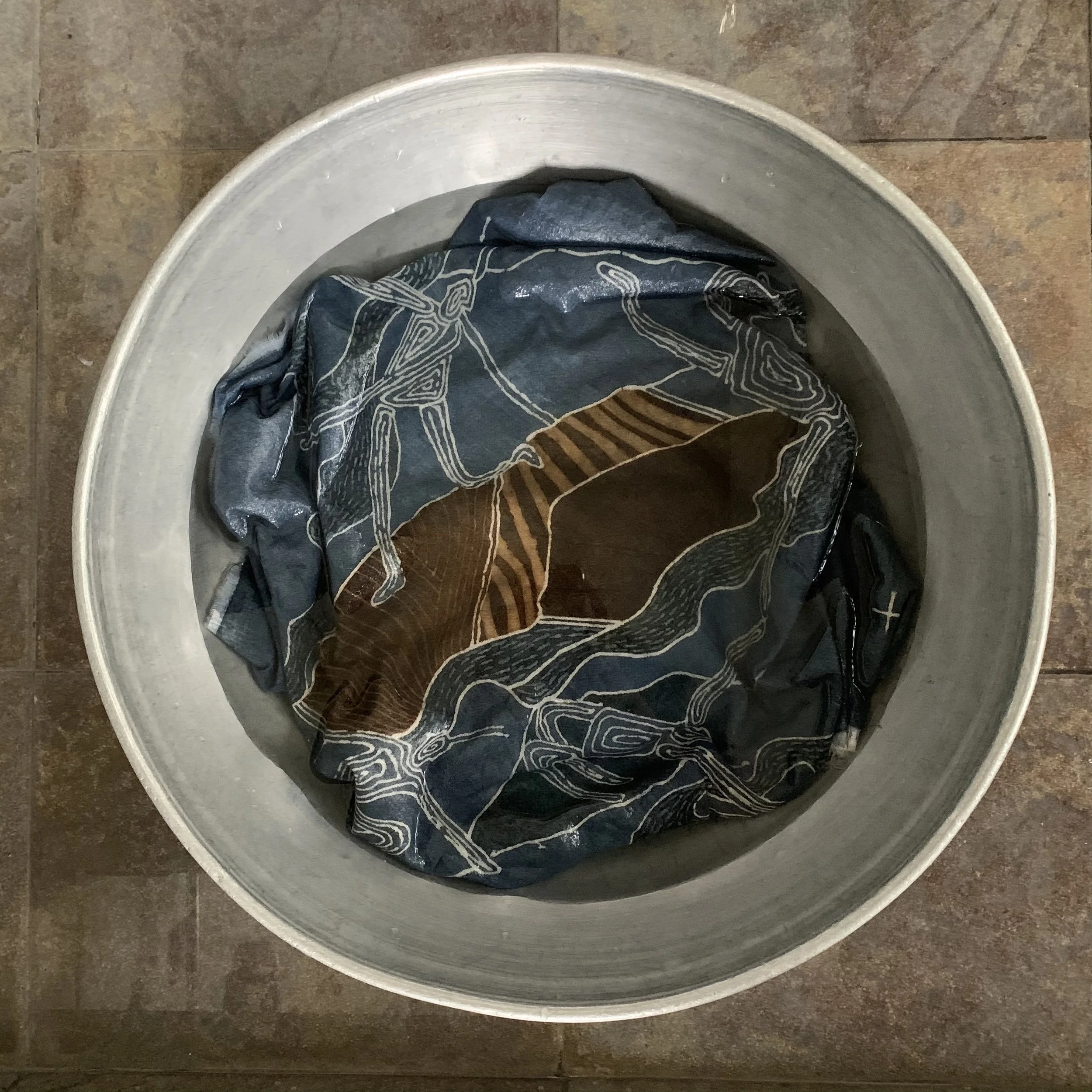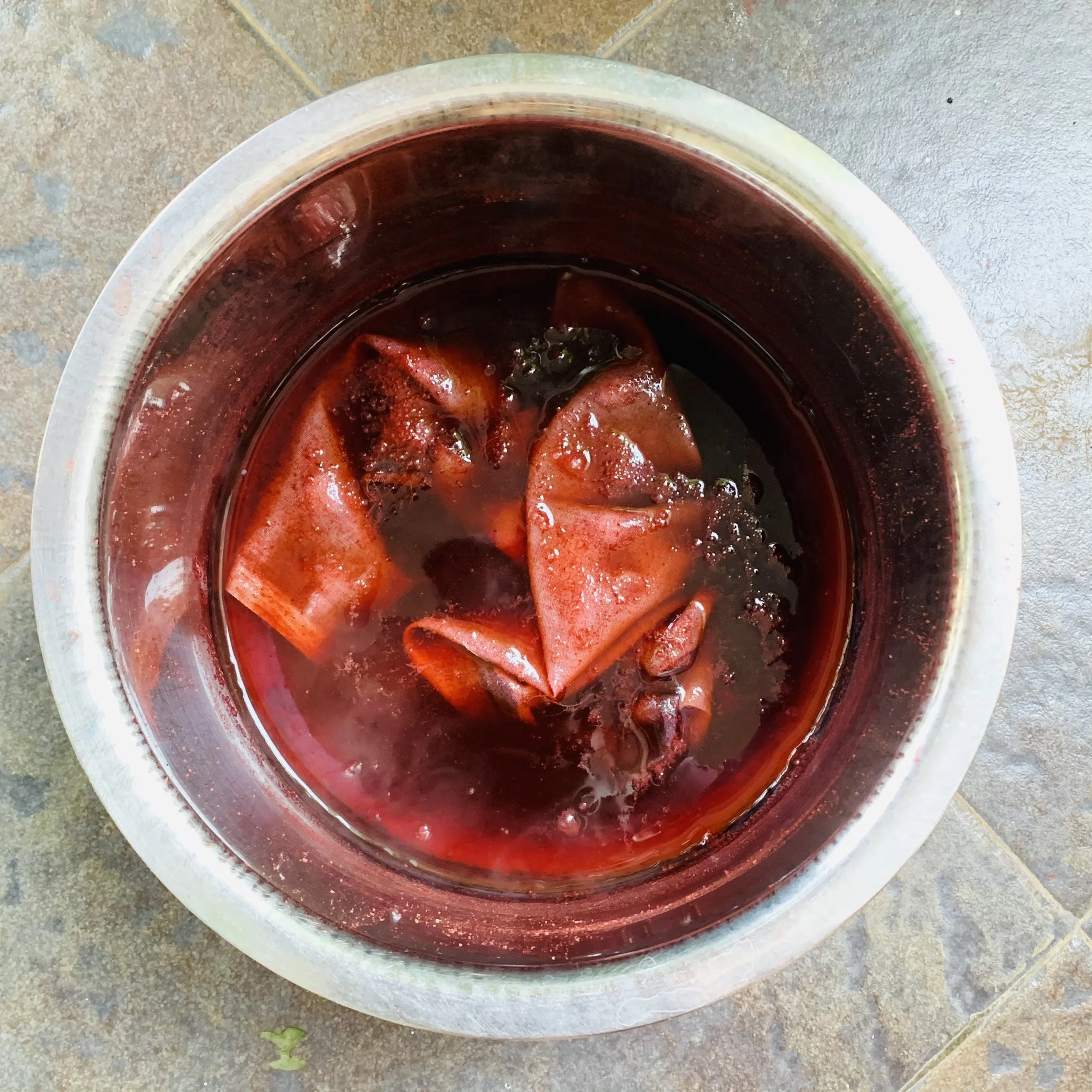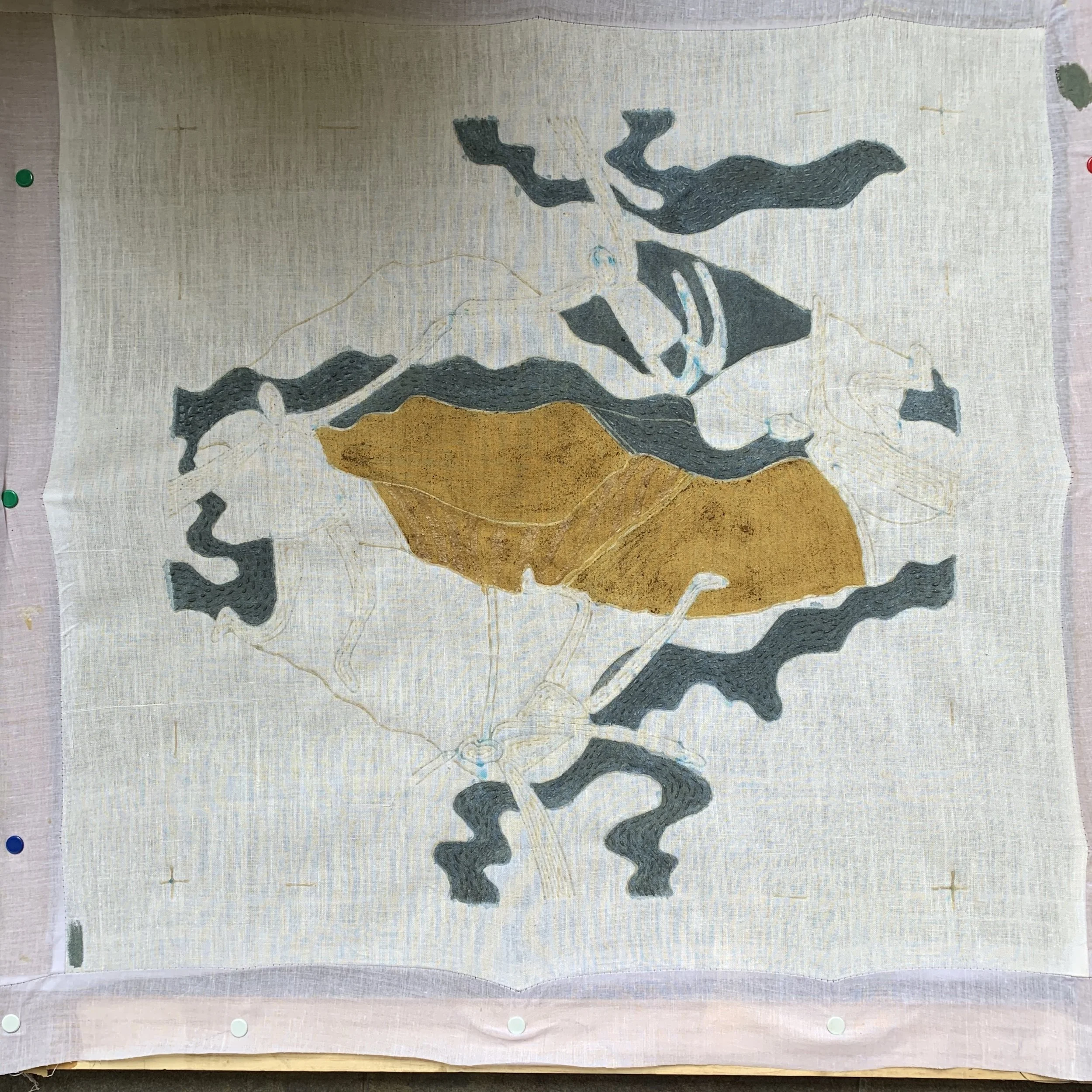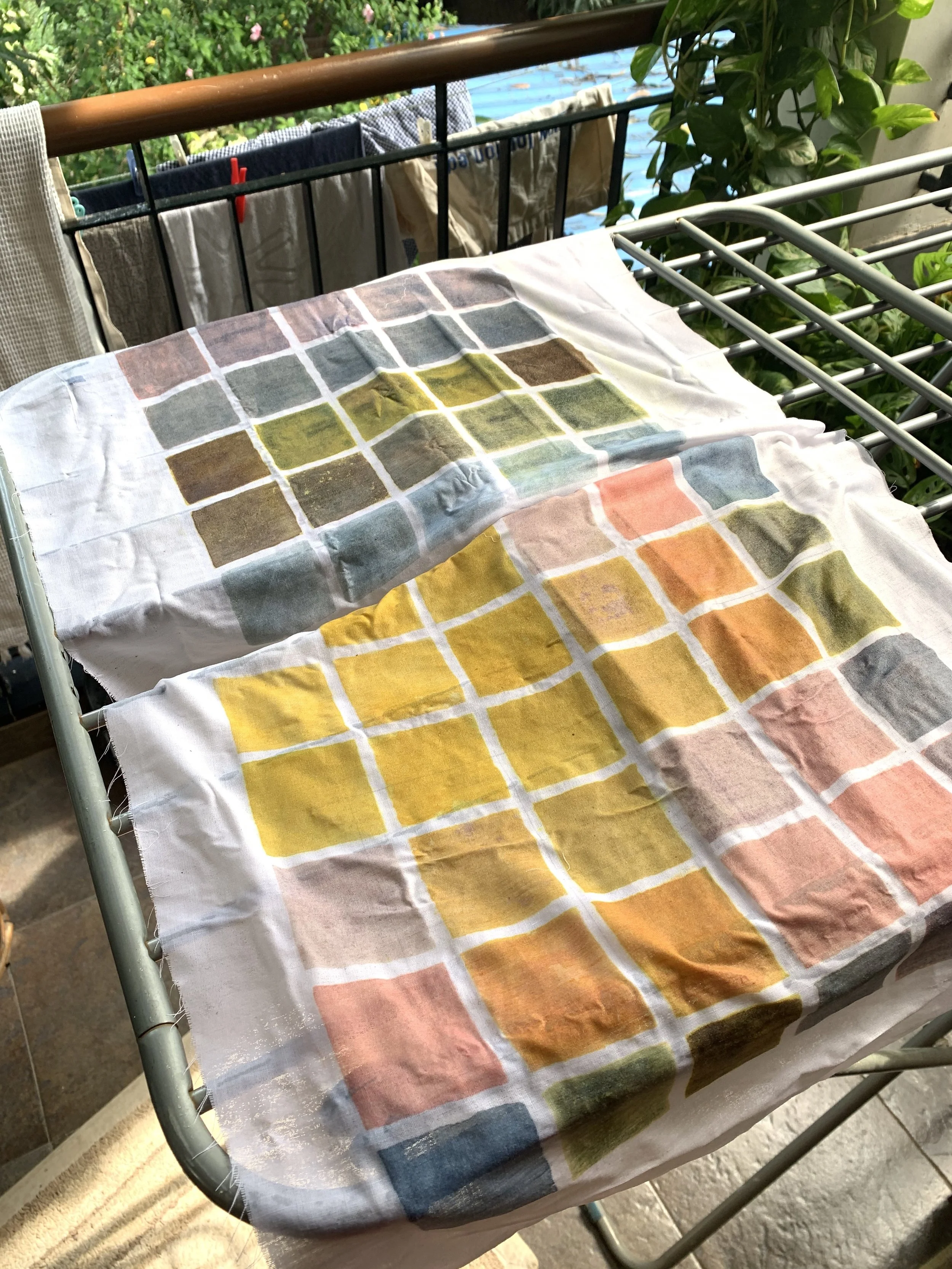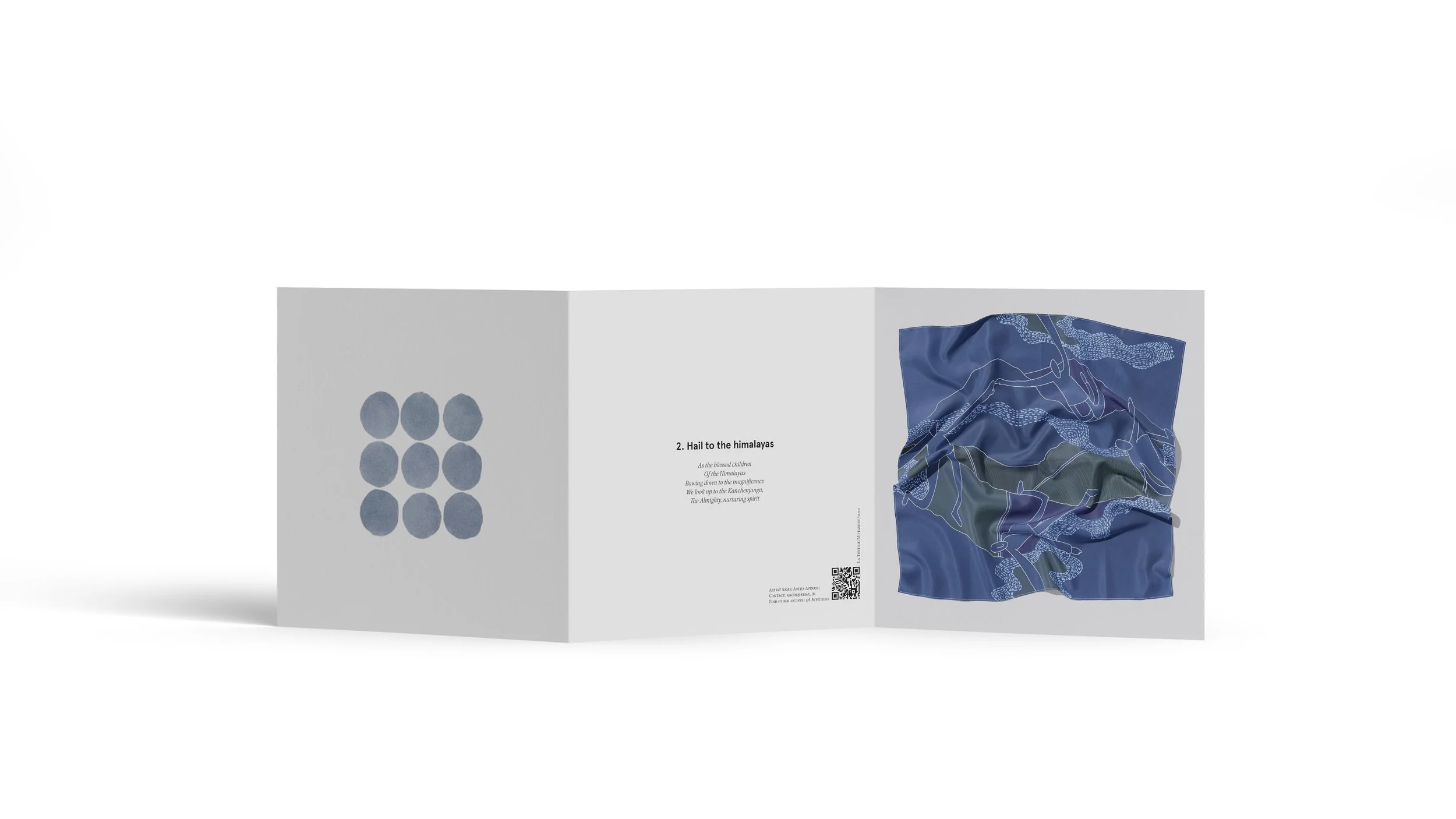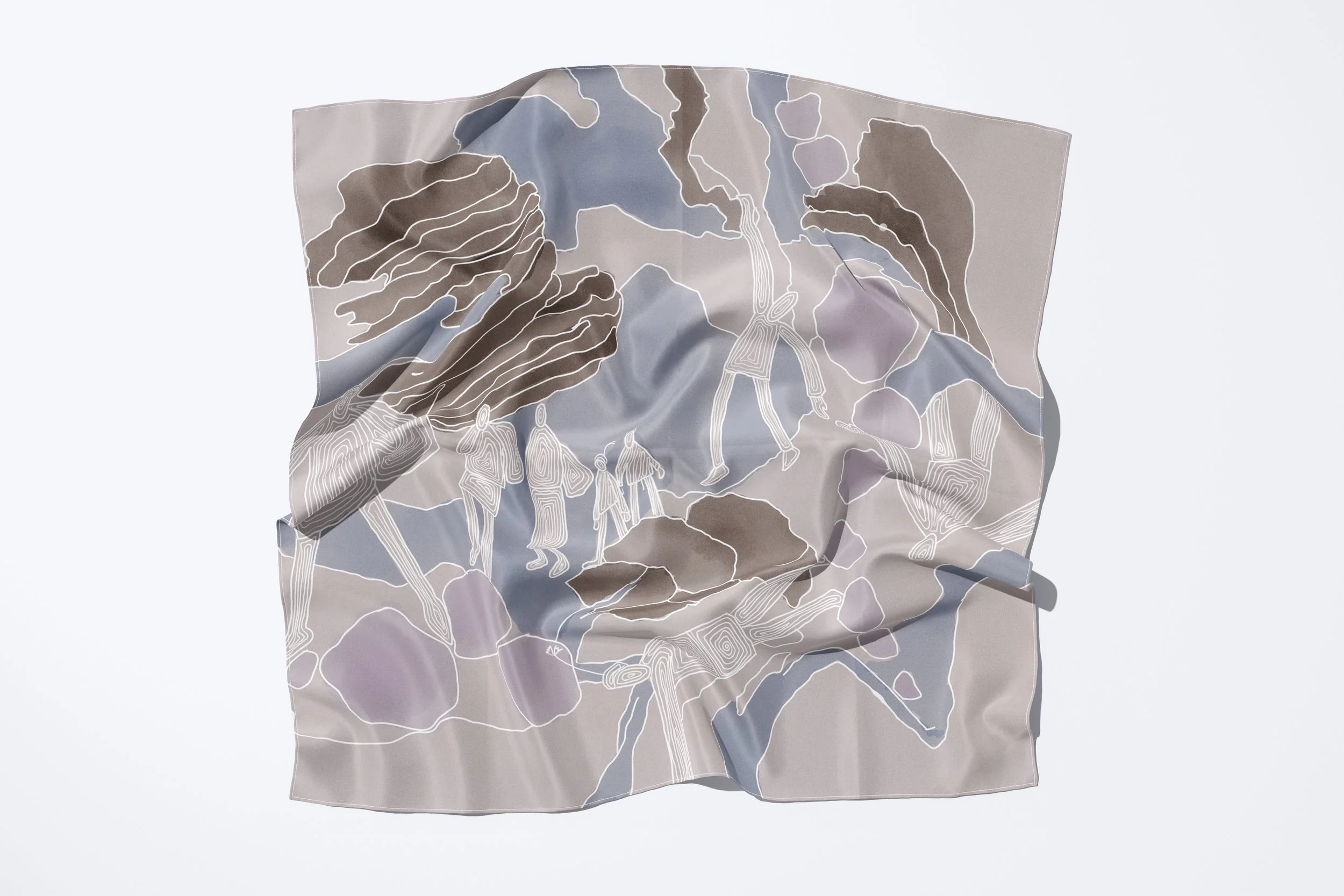SYSTEM DESIGN | BUSINESS DEVELOPMENT | STRATEGY
Mutanchi: Co-Existence of Humans and Nature
CLIENT
LA, Sikkim
ROLE
Strategist, Designer, Management, Planning
TEAM
Sonam Gyaltsen, Sucharita Beniwal, Jonak Das
AWARDS
Kyoorius Young Blood Award, 2022
Shanta and N Keshavan Grant 2021
CHALLENGE
Developing locally produced textile products that communicate Sikkim's values and morals. This experiential memory artefact shall attempt to reconnect the traveller to their time in Sikkim. Sikkim's textile industry is currently importing its raw materials from outside the state.
Mutanchi translates to 'Children of god' in the native Lepcha language.
RESEARCH METHODOLOGY
INSIGHT AND IDEA
The Lepcha community considered themselves intruders of nature. Their surroundings are of utmost importance to them and they respect and treat the mountains as a deity.
Community living, helping each other, and relying on one another for daily activities and needs were a huge part of their culture.
The women in the Lepcha community wanted to be able to contribute to the economy from the comfort of their homes and the flexibility of time, they can obtain government training in upskilling their Thangka painting skills.
To evaluate what values will be communicated through these pieces of textile souvenirs qualitative research methods of IDIs and co-creation workshops using focus groups were employed.
The immersive research allowed interaction with the locals in a small protected land called Dzongu in North Sikkim.
The dance, culture, food, and people all made me fall in love with the lifestyle surrounding them. These candid conversations while listening to local music, or drinking tea with the locals gave insight into how the community considered themselves as the children of god.
“We are Mutanchi.”
SOLUTION
The textile souvenirs will be produced via two key steps:
Create graphical prints that communicate a story, experience and memory. Using art as a medium of expression, these prints talk about many underlying issues faced by the local community.
Introduce an eco-friendly, locally feasible technique to reproduce these prints on fabric. The proposed plan suggests a craft technique and an assembly line for production that makes the technique commercially viable. Each step of the production process made sure to not hamper the environment and propagate Mutanchi.
MUTANCHI IN PRINTS
These prints were developed keeping in mind the concept of a truchet tile. Where every tile can be rotated to form new patterns. All nine designs can be interchanged to form an infinite canvas of prints. To extend the concept of Mutanchi in prints, the humans connect the hands of fellow humans and surroundings connect each other through rivers, trees, streams, rocks and so forth.

Hail to the Himalayas

Almighty Teesta

City on Stairs

Artwork Outside Each Window

The Forest Barter

Landslides and Movement

The smell of Pine

Four hours of Poetry

The Achulay Dance
MUTANCHI IN PRODUCTION AND IMPACT
Yuzen-zome, a traditional Japanese dyeing technique that uses rice resist on fabric to create illustrative and freehand patterns on fabric, was explored in the Indian context. This technique was chosen for multiple strategic reasons:
1. Ecology of the region: This technique allowed the use of natural dyes like harda, rhubarb, and genda with all-natural mordants like Alum and copper sulphate. We did not want to introduce techniques that could pollute the holy river Teesta.
2. Skill set: the original meticulous fine art of Thangka paintings which are a local craft, allow artisans to draw freehand on the canvas, similar to Yuzen-zome.
Employing 50+ people across the textile and bamboo
industries in Sikkim.
Cutting the production time by 200%.
100% forest sourced materials.
IMPLEMENTATION
In order to reach a wider audience, digital communication through online websites and virtual museums was proposed. Each souvenir would be packed with a printable that talks about the story behind each illustration.
